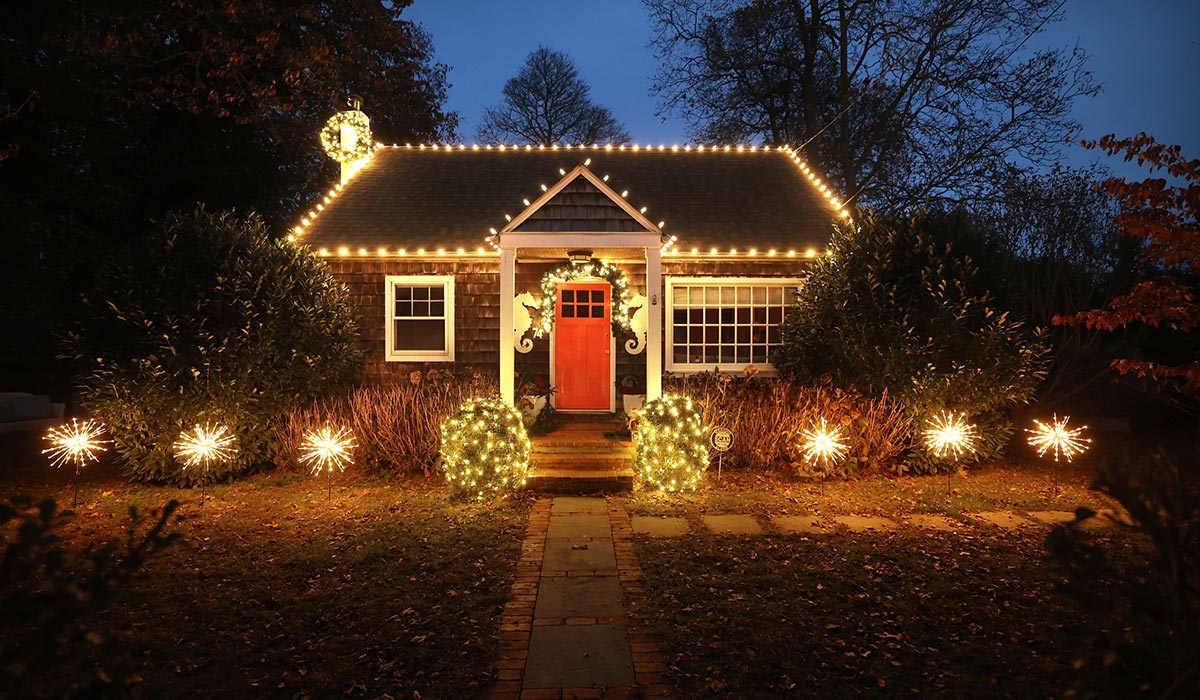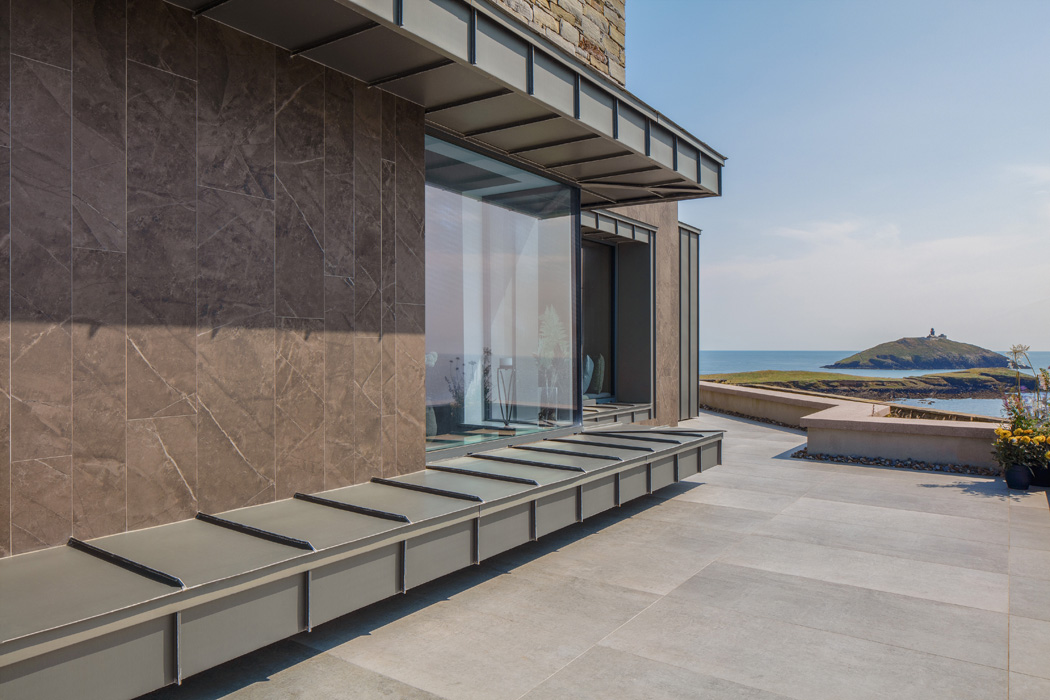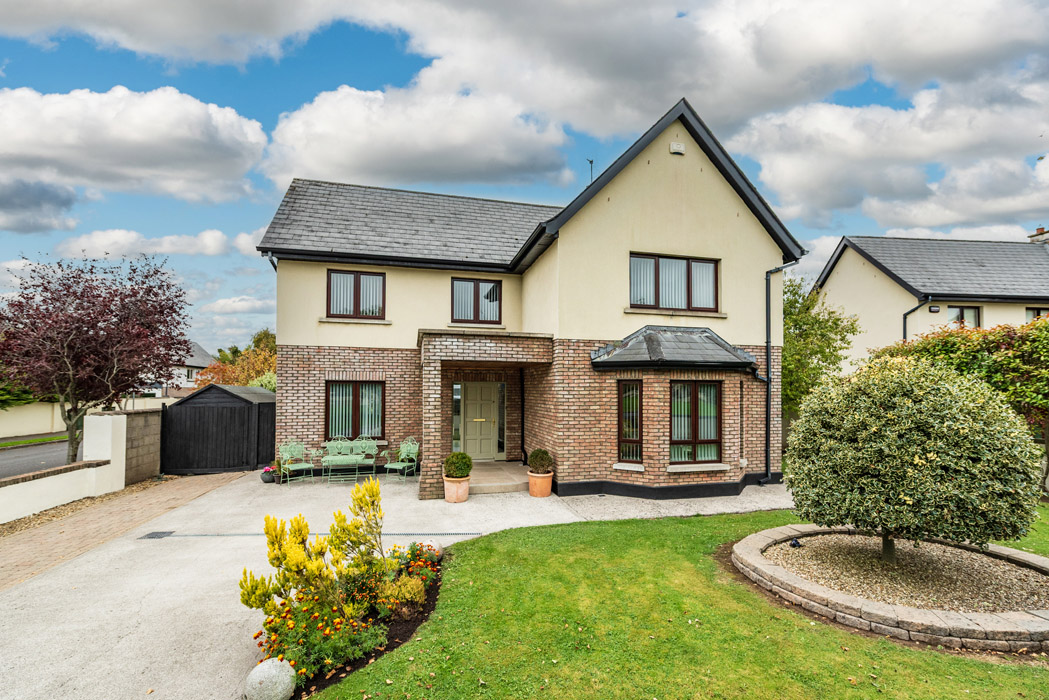When it comes to instructing a builder, buyer beware is the counsel of quantity surveyor Keith Kelliher
It isn’t news that trying to work out and pay building and renovation costs has become almost undoable.
In the 2025 market, this is especially true for those of us buying or living in homes at the more affordable end of the market.
The numbers don’t stack up, says Keith Kelliher, of Kelliher & Associates Quantity Surveyors.
“The idea of average costings (a cost based on the per sq foot or sq metre size of the property) has disappeared and is a fundamentally dangerous way to budget for works on your home.”
Residential homes are never average, he says.
“Every job is bespoke.”
Because of this, he says it is almost impossible to build (or renovate) without instructing professional advice, such as that of a quantity surveyor (QS).
The reason is simple. “Some builders give substantial detail and are clear about what they’re providing. Some do not.”
Some might specify a certain price for wall and floor tiles, but what may not be included is the cost of buying those tiles and the grout and adhesive needed to fix them in place.
He says a better question to ask would be, ‘what is not included or covered in the price quoted?’
The bottom line is that if you instruct a QS, you discover whether you can afford this level of specification, and if not, compromises are found.
Instead of tiling all four walls and the floor of the bathroom, you only partially tile the walls, he suggests. You choose a tile that costs €30 per square metre instead of €60psm.
There is a cost involved in engaging the services of a QS to generate a bill of quantities, which sets out and accounts for, in great detail, every sum the builder is asking you for.

It also lists types of products and materials to be used. It costs, but the money spent this way helps you track the build and make adjustments to the specifications to stay within budget.
A QS generates data and uses it against builders, he explains. Unless you have this roadmap, which details the price of everything you need from a double socket, the specific type of insulation best for your type of property, and the best windows to install in your house style and location, you’re lost.
“Without this data, you can’t manage costs. It’s all down to someone specifying a particular product for your house.”
In Ireland, construction is about getting the job and maximising it; it’s about getting in front of a client in respect of a tender and using the contract or information on which the contract is based. Without a bill of quantities, there’s a lack of knowledge of what’s in there and what the specification is.
Since the certification of construction, it’s all science now, he explains.
Plumbing used to be just about a boiler and radiators. Now there are air-to-water heat systems to consider, ventilation ducting and what size ducting to specify.
It is no longer an €8,000 cost either. The cost of plumbing for a three-bedroom semi is now €15,000 plus. Add in ventilation, and that adds a further €3,500 to the cost.
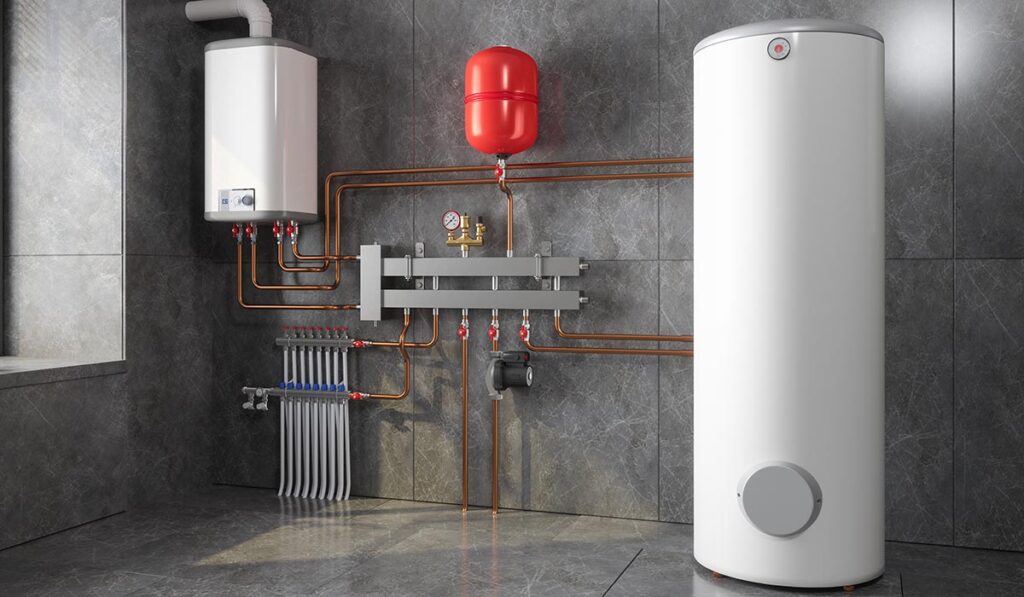
The building regulations are such that homes are now insulated to such a degree that at the upper end of the market that he’s specifying for, an air conditioning system is required to cool the place down.
That’s another five-figure sum to the bill of quantities.
“The game here is upselling,” he says, explaining that “the reason builders have to play that game has its origins in 2010,” in public sector contracts under Ireland's Planning and Development (Amendment) Act, when the lowest price won the tender.
It’s an approach that has filtered into the private sector.
“If a builder were to price properly, he wouldn’t get any jobs. If you build in a margin, you don’t win the contract.”
As one seasoned construction professional put it to him: "Winning a tender is a great buzz for 3.5 seconds. Then you realise you’re losing money. The job then is to turn that around."
“Contractors go after variations,” he explains. “They suggest other ways to do something, other than what is specified in the contract, and will give you a cost.”
This becomes a variation, something that isn’t in the drawings. This may lead to additional costs, and is where clients should exercise caution.
Then there’s the natural upsell, when issues present themselves, he adds.
“You may find the house has no foundations, or there’s a gas main under it that you didn’t know was there, and it needs to be moved.
"Or there is no steel beam in an opening where there should have been one, these are all contingencies that need to be factored in.”
“It’s all about data and understanding the data,” he explains.
It is sobering. Employing a QS on a job adds to the cost, but it is essential to keep the project on budget.
Most QS practices offer cost planning.
“When we produce a tender pack, it is a tabulated version of the drawings, which gives details and costings across about 100 pages of data.
“If you don’t have guidance and detail, you’re kind of lost.”
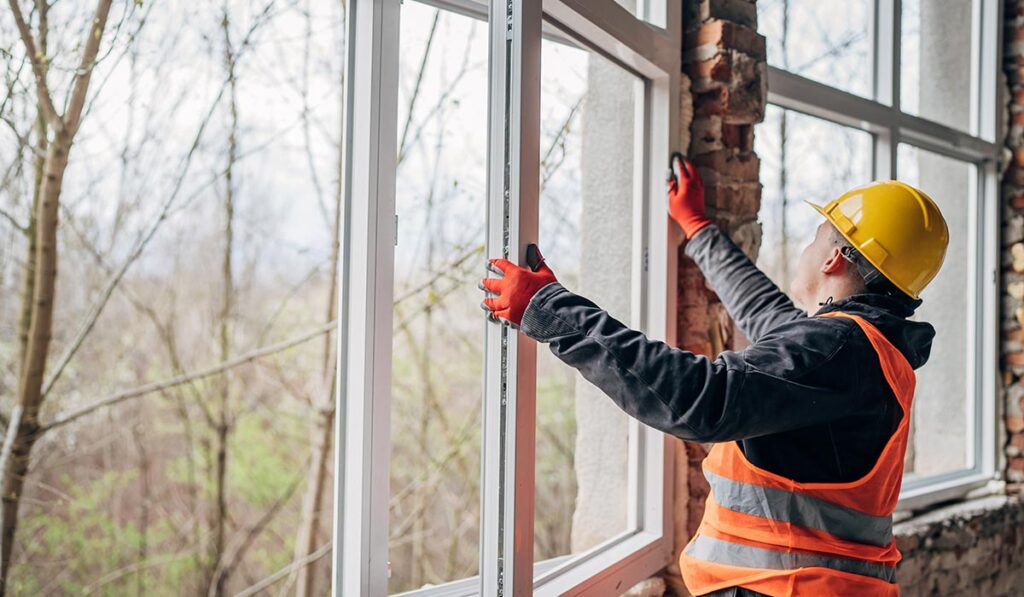
Take window costs as a simple example of how complex the business now is
The cost of windows will depend on the size of your home, the number of fenestrations, the material of the frames and they type of glazing fitted into the frames.
A typical 1990s semi might have five windows to the front, one or two on the side for bathrooms, and another four on the back, including a set of French doors or a sliding door out to the garden.
In any estate in Dublin you’ll see variations. Some homes will feature uPVC, others aluclad, others aluminium and others timber.
On the basis of the nine different-size windows, plus sliding doors the cost could vary from €8,000 to €10,000 at the lower end to €25,000 to €30,000 depending on the glass thickness.
Even in the uPVC category there is enormous choice and hundreds of suppliers with pricing ranging from €5,000 to €6,000 at the low end to €15,000 to €18,000 at the high end.



